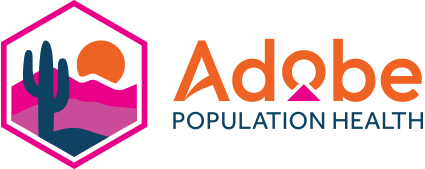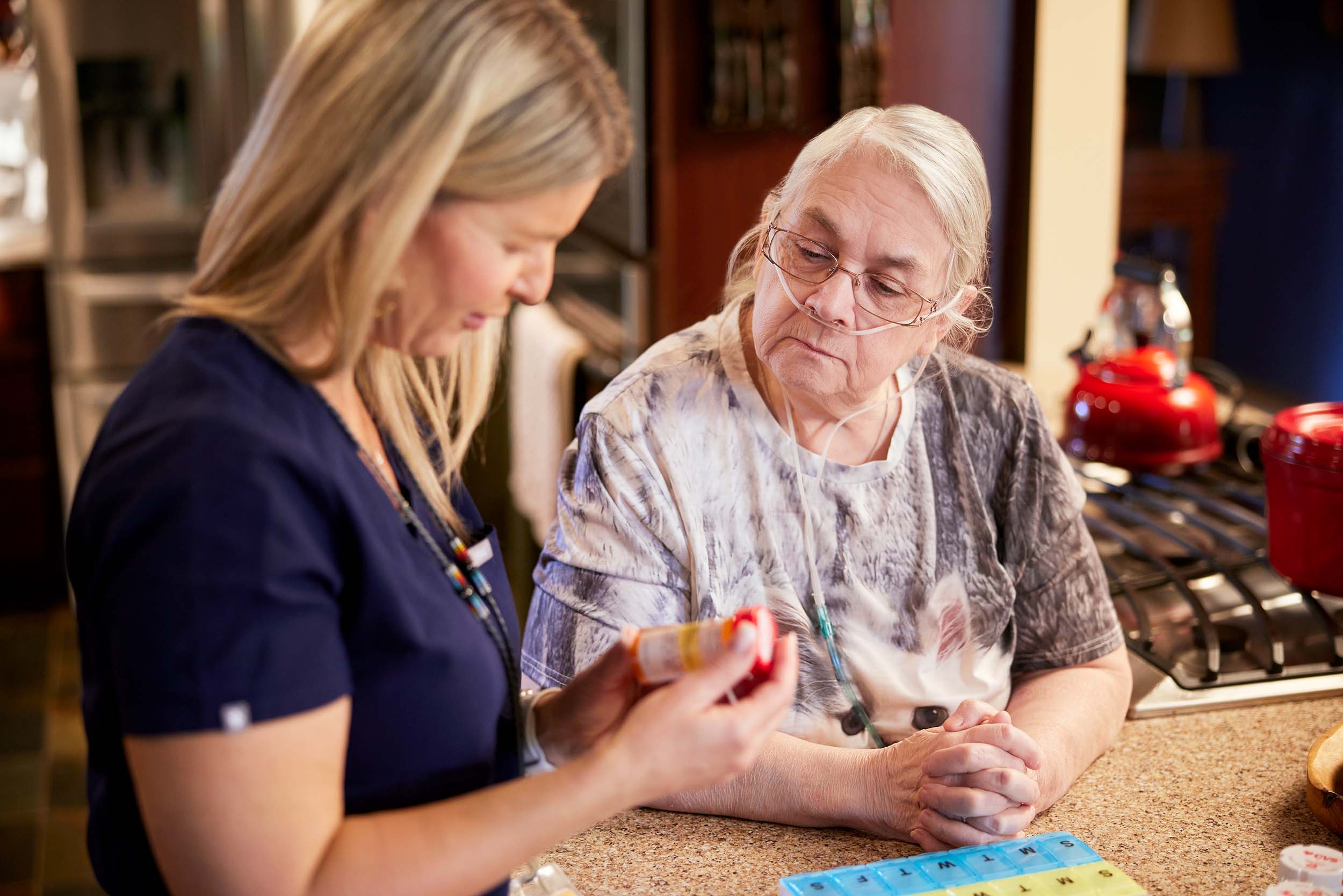Over the past decade, a notable shift has occurred towards patient-centered care models that emphasize informed decision-making and active participation in treatment plans. This approach has transformed the doctor-patient relationship and enhanced health literacy across different age groups.
Health Literacy: Improving Patient Education
Health literacy is how individuals obtain, process, and understand basic health information and services to make appropriate health decisions. It encompasses a range of skills necessary for individuals to effectively navigate the healthcare system, including reading and interpreting health information, communicating with healthcare providers, and making informed decisions about their health. Health literacy is not just about reading ability; it also involves the capacity to understand and use information in ways that promote and maintain good health.
Studies have shown that individuals with higher health literacy levels are more likely to engage in preventive care, adhere to treatment plans, and experience better health outcomes. For older adults, adequate health literacy is strongly linked to improved self-efficacy in managing chronic diseases, leading to better physical and mental health outcomes.
The Critical Role of Patient Education in Care Management
Patients with low health literacy may struggle to understand medical instructions or communicate their symptoms accurately, increasing the risk of misdiagnosis or inappropriate treatment. Furthermore, they may misunderstand dosing instructions, leading to improper administration of medications. This can result in adverse drug events, which are a common patient safety issue.
Limited health literacy can lead to delays in seeking care or understanding the urgency of symptoms, resulting in delayed diagnoses and treatment of serious conditions.
A 2022 patient survey indicates just how critical patient education is to improving both patient care and outcomes:
- Almost 50% of respondents reported not getting all their questions answered.
- 80% of respondents often or sometimes had follow-up questions.
The same survey found that 68% of patients who receive patient education are more likely to return to a healthcare provider. Meanwhile, 80% of respondents reported that patient education would increase their satisfaction with their care.
Patient education provides patients with the knowledge and skills to understand their health conditions, treatment options, and preventive measures. This understanding fosters a sense of control and responsibility, encouraging patients to engage actively in their healthcare decisions and management.
Educated patients are more likely to adhere to prescribed treatment plans, including medications, therapies, and lifestyle modifications. Understanding the importance and rationale behind these treatments helps patients follow through with their care plans, which can lead to better health outcomes and reduced complications.
Patient education enables individuals to make informed decisions about their healthcare. When patients understand their condition and the available treatment options, they can choose interventions that align with their values and goals, increasing their satisfaction with their care.
By educating patients on preventive measures and early warning signs of complications, healthcare providers can help patients take proactive steps to maintain their well-being and avoid unnecessary hospitalizations or medical interventions.
Education supports the development of self-management skills, which are essential for managing chronic conditions. Patients learn to monitor their symptoms, manage medications, and make lifestyle changes to improve their quality of life and reduce the need for frequent healthcare visits.
Effective patient education can lead to cost savings for both patients and the healthcare system. By preventing complications and reducing hospitalizations, education helps lower healthcare costs and supports more efficient use of healthcare resources.
Tools for Improving Patient Health Literacy and Empowerment
Various tools and technologies have emerged to enhance patient engagement and education. Patient portals provide access to health records, lab results, and secure messaging with providers, empowering patients to participate in their care actively.
Mobile health apps offer features like medication reminders and symptom tracking, while telehealth services increase accessibility to care.
Interactive educational resources, such as personalized digital communications and health risk assessments, help tailor information to individual needs.
Language translation technology ensures equitable access to health information across diverse populations. These tools collectively support patient empowerment by providing accessible, personalized health information and facilitating better communication between patients and healthcare providers.
By leveraging these tools and strategies, healthcare systems can enhance patient education and health literacy, leading to better health outcomes and more efficient healthcare delivery.
Patient Empowerment Obstacles
Despite its benefits, patient education faces several challenges. Language and cultural barriers can impede effective communication between healthcare providers and patients, particularly in diverse populations. Time constraints in clinical settings often limit opportunities for thorough education, while complex medical jargon can overwhelm patients.
Additionally, some patients may lack motivation or confidence to engage in their healthcare, further complicating educational efforts. Overcoming obstacles to patient education requires a strategic approach that addresses various barriers, such as time constraints, language differences, and literacy levels.
Strategies for Effective Patient Education and Empowerment
Providers can incorporate educational moments throughout the patient visit rather than treating education as a separate task. This can involve explaining treatment plans during examinations and using every interaction as an opportunity to reinforce understanding while avoiding medical jargon and using plain language that patients can easily understand.
Educational resources should be personalized to meet the needs of different patient demographics, considering factors like age, cultural background, cultural sensitivities, and health literacy levels. Provide educational materials in the patient’s native language and offer translation services or bilingual staff to help overcome language barriers and ensure that information is culturally appropriate.
Employ the teach-back method, which involves asking patients to repeat the information in their own words to confirm understanding. It is an effective way to ensure that patients have comprehended the instructions and can act on them.
Provide educational content using digital tools such as mobile apps, patient portals, and telehealth services. These tools can offer interactive and personalized learning experiences that cater to different learning styles.
The Benefits of Health Literacy and Patient Empowerment
Empowering patients through education can lead to improved health outcomes, increased treatment adherence, and reduced healthcare costs. Studies have shown that informed patients are more likely to engage in self-management of chronic conditions, resulting in better clinical outcomes and fewer hospitalizations.
Patient education enhances satisfaction and fosters stronger patient-provider relationships as individuals feel more involved in their care decisions. Additionally, health-literate patients are better equipped to navigate the healthcare system, utilize preventive services, and make informed choices about their treatment options, ultimately contributing to a more efficient and cost-effective healthcare delivery model.

